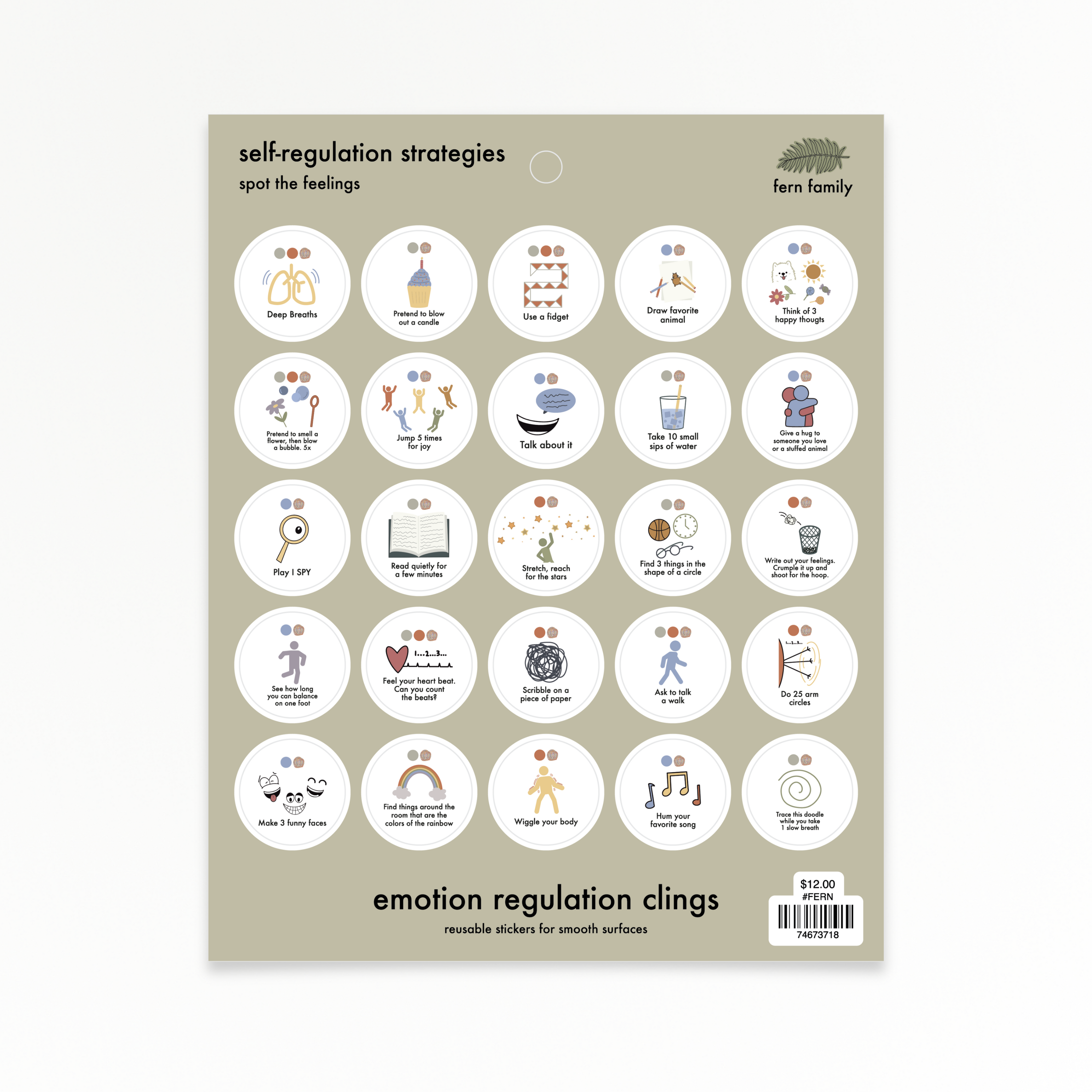
Why I Created the Spot the Feelings Board
This board was built out of real need. My child’s school psychologist and speech therapist reached out looking for a visual way to help kids learn emotional vocabulary and self-awareness.
I spent countless hours working closely with them to develop a board that could work in both classrooms and homes—helping kids spot what they’re feeling, name it, and begin to understand what those feelings mean.
It’s designed to be approachable, easy to use, and powerful for every child—not just those who are neurodivergent or speech delayed.
-
From Confused Faces
-
to Clear Emotions
| Feeling this? | Imagine this instead: |
| ❌ Kids act out instead of talking | ✅ They can point to how they feel |
| ❌ You’re guessing what’s going on | ✅ You get a window into their emotions |
| ❌ They use the same word for every feeling | ✅ They build real emotional vocabulary |
| ❌ Your child struggles to talk about feelings | ✅ They get a visual, accessible way to express themselves |
| ❌ You don’t know how to help | ✅ You can respond with empathy and the right support |
Emotional understanding is a skill—and this board helps kids build it.

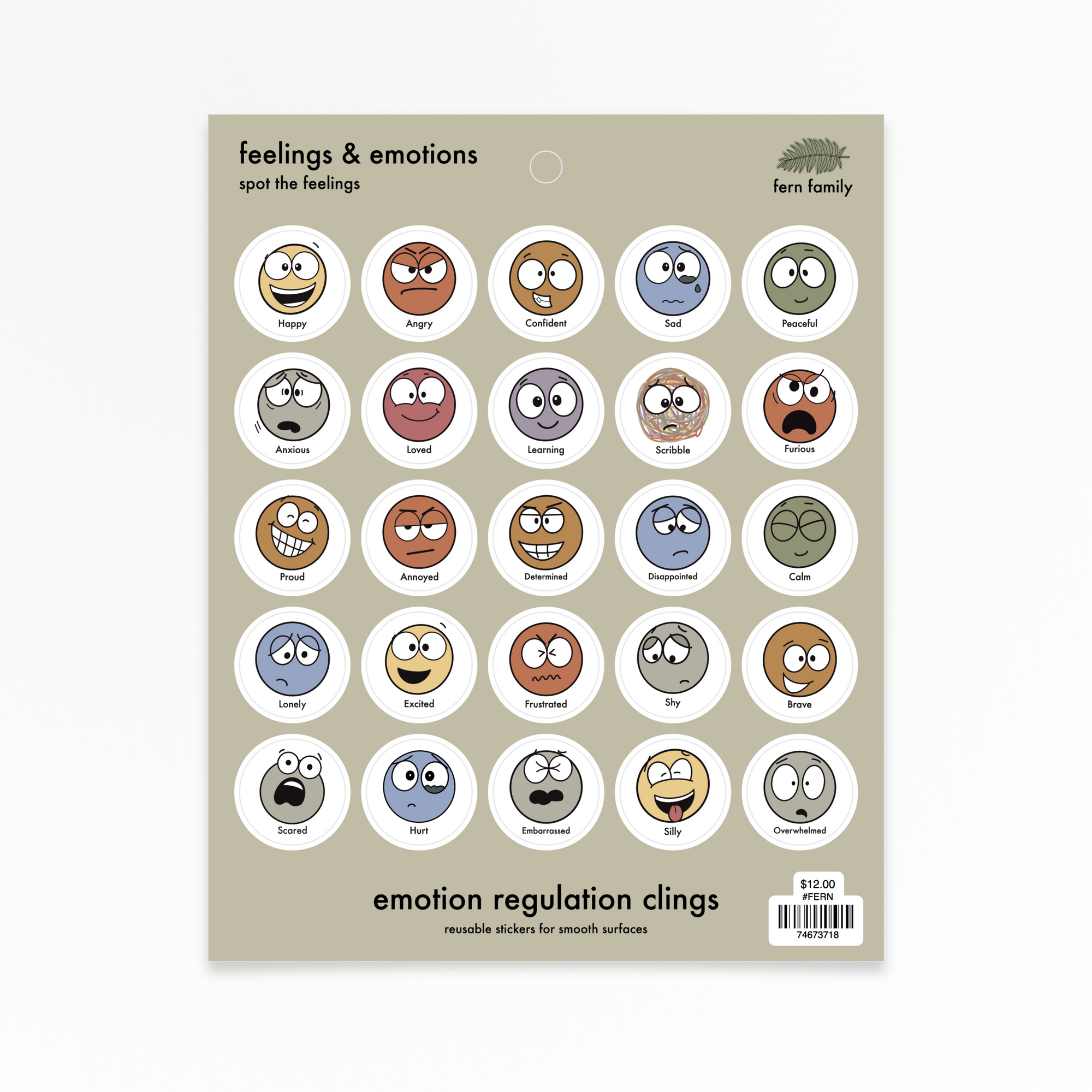
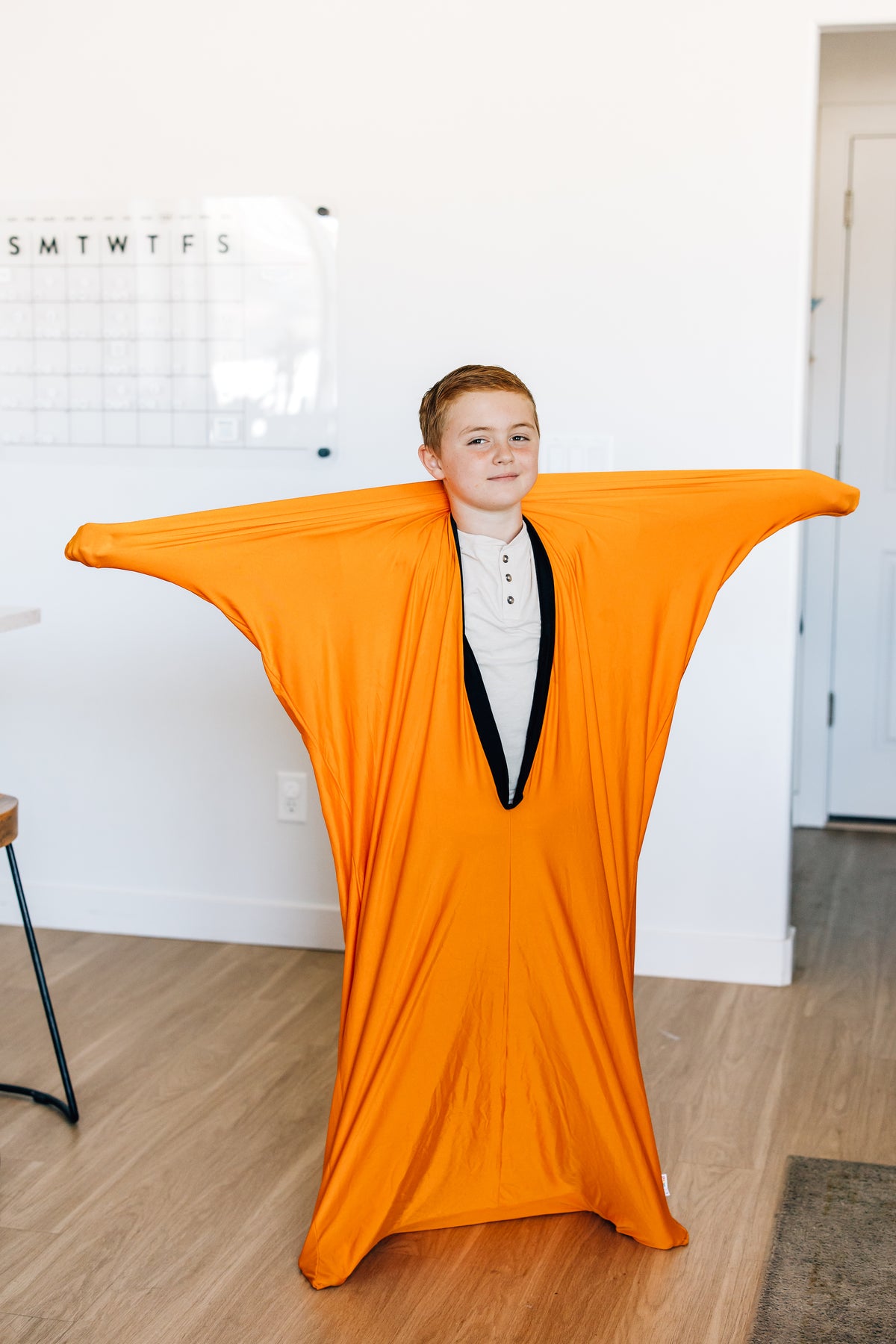
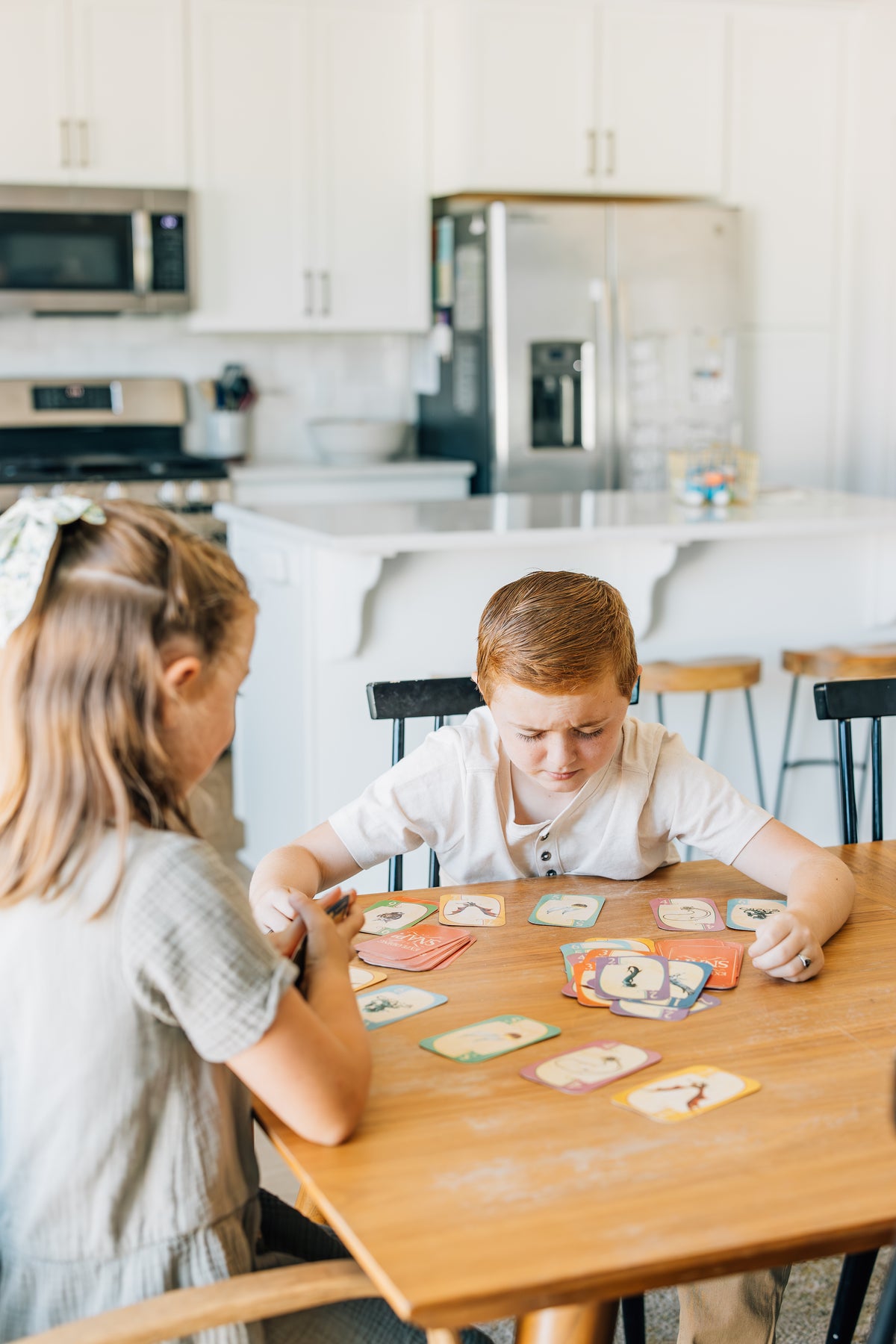
How It Works
1. Choose the Spot the Feelings Board
The magnetic version is perfect for fridges or classroom whiteboards. Easy to see, grab, and use daily.
2. Introduce the Feelings
Use the colorful cling icons to talk through each emotion with your child or students. Many include matching facial expressions to help visual learners.
3. Use It for Daily Check-Ins
Kids can move a cling or point to how they feel during transitions, after an incident, or as a morning routine. It creates space for communication.
4. Build Emotional Confidence
Over time, children begin recognizing emotions as they happen—and feel empowered to express them instead of bottling them up.
recommended clings:
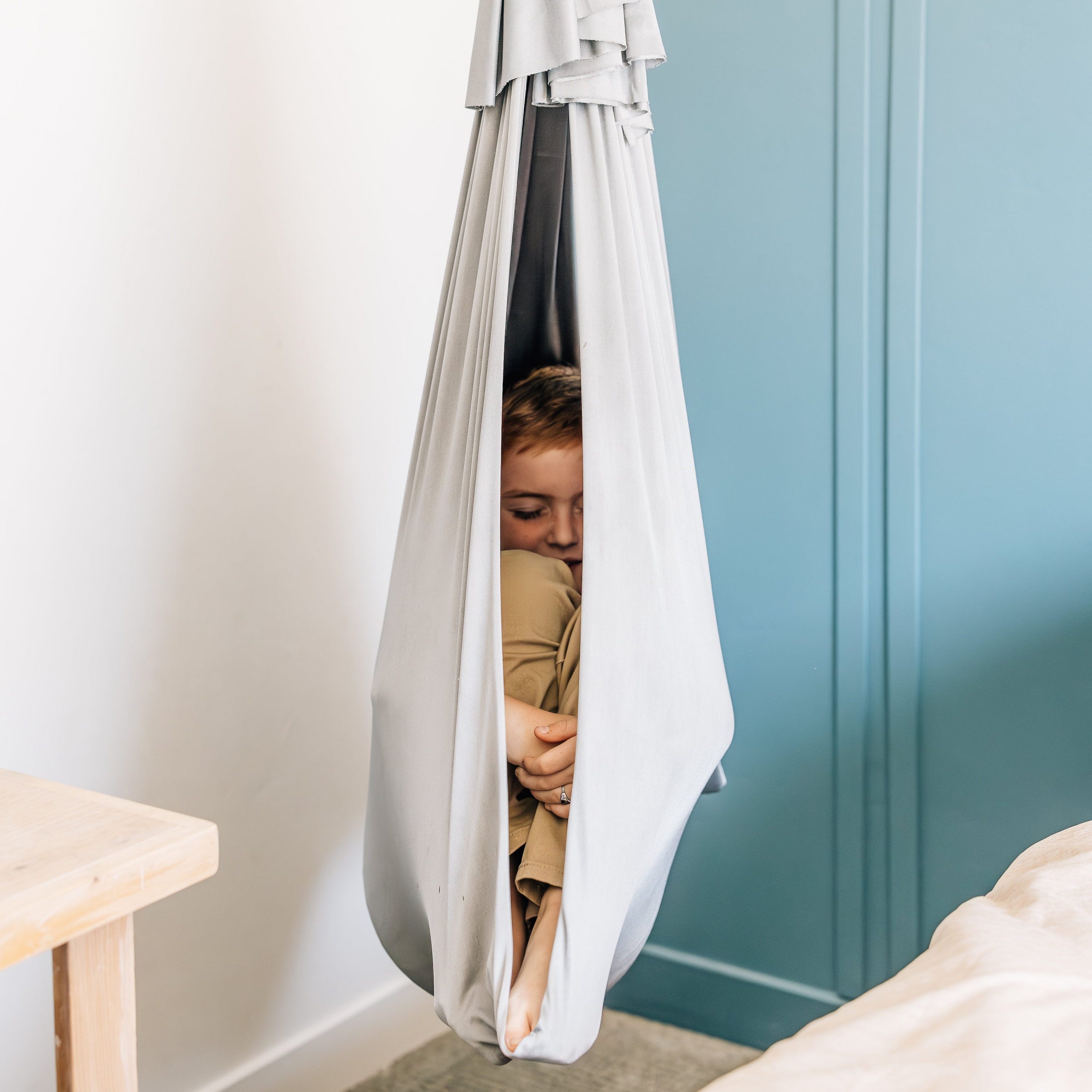
Why Our Spot the Feelings Board?
-
Speech therapist approved
Developed with real professionals
-
Built for school and home
Versatile design works in both environments
-
Visual and concrete
Helps all kids understand abstract emotions
-
Supports emotional growth
Great for early learners and kids with big feelings
-
Encourages connection
Helps kids feel seen, heard, and supported
-
Magnetic and durable
Easy to use again and again
faq
What is the Spot the Feelings Board for?
What is the Spot the Feelings Board for?
The Spot the Feelings Board helps kids identify how they’re feeling by using simple, illustrated emotions. It’s a visual check-in tool that supports emotional awareness and communication—perfect for use at home, in classrooms, or in therapy settings.
What age is this board best for?
What age is this board best for?
Most families start using it with kids ages 3+, but it can absolutely grow with your child. Younger kids will point or use visuals, while older kids can move clings and talk through strategies.
Does this replace therapy?
Does this replace therapy?
Nope. It’s not a replacement—but it’s a powerful tool to support therapy goals, home routines, and everyday emotion coaching. Many OTs, SLPs, and educators use it right alongside professional strategies.
Do the boards come with clings?
Do the boards come with clings?
Do I need to buy clings separately?
Yes. The clings are sold separately so you can choose the sets that best match your child’s needs.
Is this board appropriate for school use?
Is this board appropriate for school use?
Yes! The Spot the Feelings Board was developed in collaboration with a school psychologist and speech therapist specifically for classroom and home use. It’s simple enough for daily use during check-ins or morning meetings.
Ready to Help Your Child Name Their Emotions?
You can’t support what they can’t express.
Give your child a tool to name their feelings and feel seen. The Spot the Feelings Board builds emotional awareness in a simple, visual way.













